MS-ESS1-3
Analyze and interpret data to determine scale properties of objects in the solar system.
-
 Earth
EarthCool Jobs: Mapping the unknown
Scientists find different ways of exploring places humans will never visit — and drawing maps to help us better understand such mysterious places.
By Ilima Loomis -
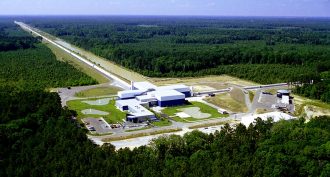 Physics
PhysicsGravity waves detected at last!
Albert Einstein predicted gravitational waves 100 years ago. Now scientists have detected them coming from the collision of two black holes.
By Andrew Grant -
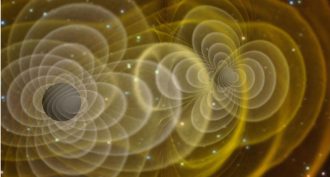 Physics
PhysicsHow to catch a gravity wave
Physicists have just announced finding gravity waves. The phenomenon was predicted a century ago by Einstein’s theory of general relativity. Here’s what it took to detect the waves.
-
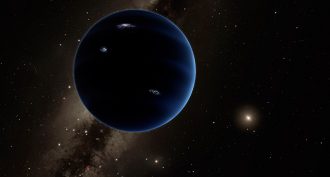 Planets
PlanetsBeyond Pluto: A new 9th planet?
A giant planet, perhaps 10 times Earth’s mass, may be orbiting the sun from a great distance. Its existence, orbit and size are all surmised, based on strange effects seen in objects within the distant Kuiper Belt.
-
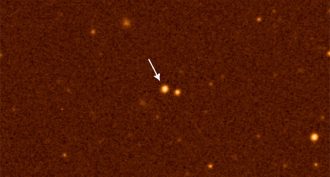 Space
SpacePollution may give ‘first’ stars a youthful look
The oldest stars should be made of only light elements. But these suns may have sucked up heavier elements, giving them a more youthful appearance, a new study finds.
-
 Planets
PlanetsPluto hosts ice mountains, data suggest
Geologic activity appears to have been reshaping Pluto, erasing craters and more.
-
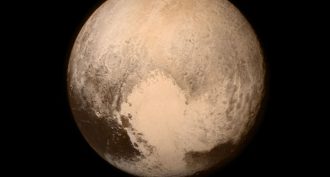 Planets
PlanetsPicture This: Pluto hearts us
As a little spacecraft flies by Pluto, it is snapping up high resolution images and collecting unparalleled data.
-
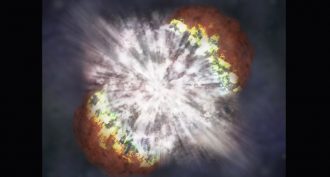 Space
SpaceNews Brief: Latest supernova is also super-brightest
The light from stellar fireworks in a galaxy far, far away has just reached Earth. It comes from a star that exploded in a massively bright flash.
-
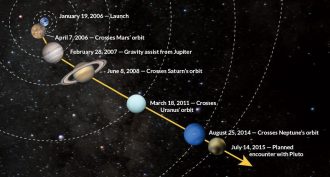 Planets
PlanetsVisiting Pluto
Pluto has long been little more than a dark spot in the sky. Now NASA’s New Horizons spacecraft is about to fly by this dwarf planet. Along the way, it will collect unprecedented data on it.
-
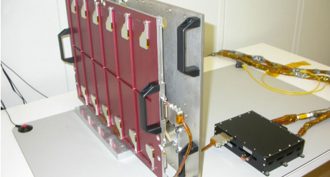 Space
SpaceStudents sent instrument to Pluto
The student-built dust counter on NASA’s New Horizons spacecraft is measuring how much grit and debris orbits out beyond Neptune.
-
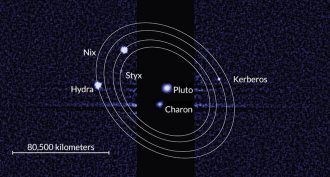 Planets
PlanetsCosmic collision may have given birth to Pluto’s moons
Hubble Space Telescope photos reveal that the Pluto family may have formed from debris left behind after something slammed into the dwarf planet.
-
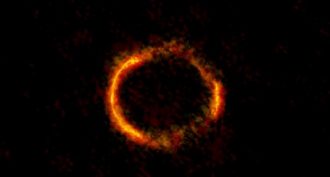 Space
SpaceScientists Say: Gravitational lens
A gravitational lens is an effect that occurs when a massive object lies between a viewer and something further away. The massive object’s gravity bends light arriving from the more distant object.